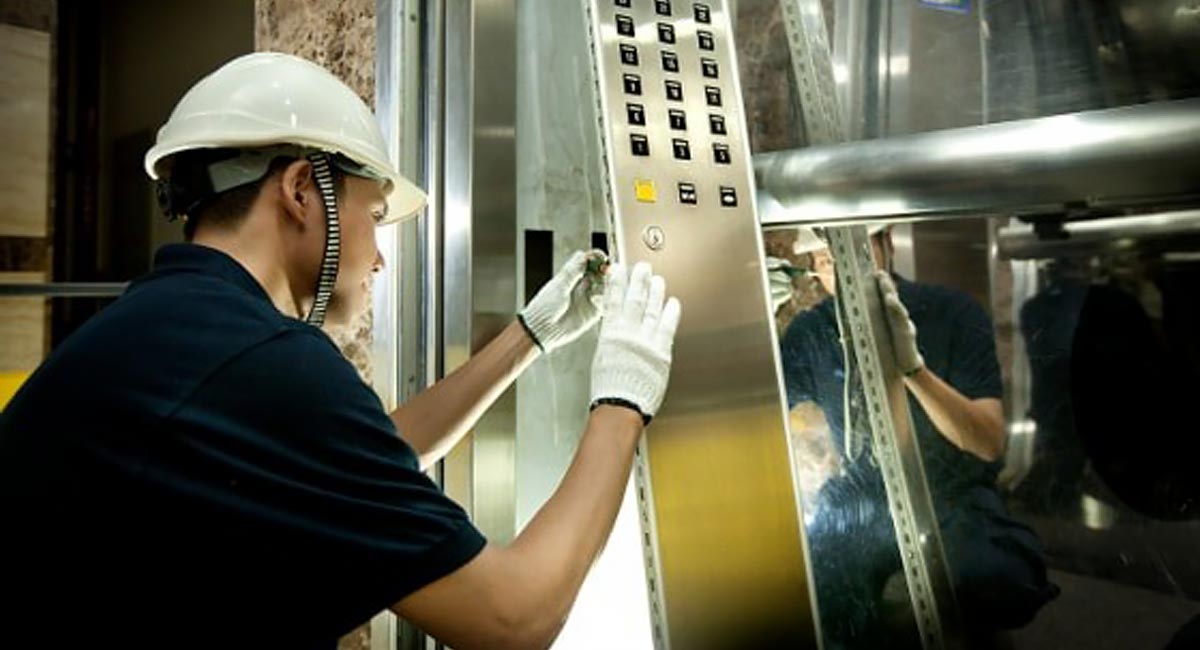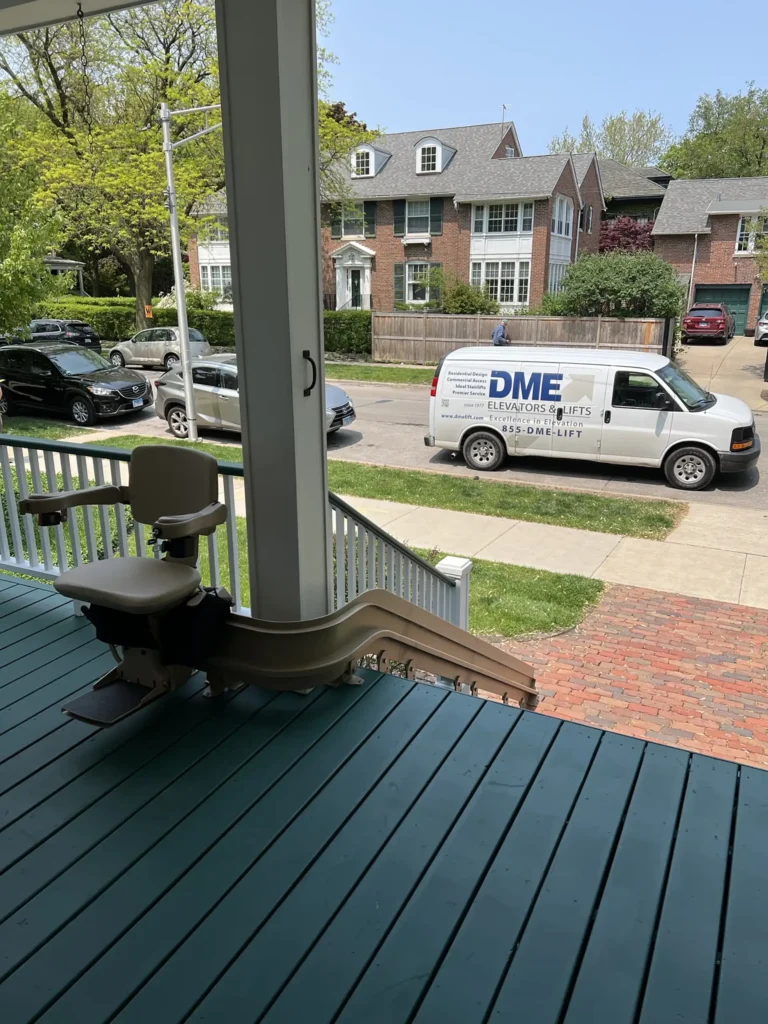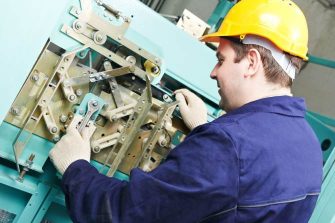Advanced Lift Engineer Course: Prepare for Careers with Leading Lift Repair Companies Near Me
Advanced Lift Engineer Course: Prepare for Careers with Leading Lift Repair Companies Near Me
Blog Article
Comprehensive Overview to Elevator Systems and Their Upkeep
Browsing the complex world of lift systems and their maintenance is a task that requires accuracy and understanding. From the numerous types of lift systems in usage to the precise adherence to security policies, the upkeep of these vertical transport devices is a diverse endeavor.
Sorts Of Elevator Equipments
The most usual types consist of hydraulic lifts, traction elevators, machine-room-less elevators, and vacuum lifts. Hydraulic elevators are ideal for low-rise structures and use a hydraulic piston to move the elevator cars and truck. Machine-room-less elevators are a space-saving option as they do not need a separate machine space for the elevator equipment.
Each kind of lift system has its own benefits and drawbacks, making it critical for structure owners and programmers to thoroughly consider their certain requirements prior to choosing the most appropriate choice. Aspects such as constructing height, space schedule, power effectiveness, and spending plan restrictions all play a significant role in establishing the finest lift system for a certain structure.
Common Maintenance Concerns
Routine maintenance of elevator systems is important to make certain smooth procedure and lengthen their life expectancy. Regardless of regular maintenance, lift systems can still come across usual maintenance problems that require to be quickly dealt with to avoid disruptions in solution. One of one of the most regular issues is door breakdowns. Elevator doors might get misaligned, leading to problems with opening and closing correctly. This can trigger delays and safety and security threats, calling for immediate focus from maintenance specialists. One more common trouble is associated with the lift's leveling precision. Passengers may experience tripping dangers and discomfort if the lift does not line up properly with the floorings. Furthermore, problems with the control system, such as sensing unit problems or electric problems, can trigger the lift to breakdown or quit working entirely. Normal assessments and aggressive upkeep can aid identify and settle these typical upkeep issues prior to they escalate and affect the general performance of the lift system.
Safety And Security Laws and Conformity
Sticking to rigorous safety guidelines and guaranteeing conformity with market standards are paramount for maintaining the operational honesty of lift systems. Lifts are subject to a comprehensive set of security guidelines to guard guests, upkeep workers, and the basic public. Regulative bodies such as the Occupational Safety and Wellness Administration (OSHA) in the USA and the European Lift Association (ELA) in Europe develop guidelines that cover various facets of elevator layout, upkeep, procedure, and setup.
Compliance with these regulations is not only a lawful requirement but additionally an ethical responsibility for building proprietors and lift upkeep companies. Regular evaluations, maintenance checks, and adherence to safety procedures described in the policies are necessary to make certain the secure and reliable procedure of elevator systems.
Finest Practices for Upkeep

One more essential best practice is to promptly resolve any kind of noted problems or unusual sounds to avoid additional damage. Implementing an aggressive strategy to upkeep can save money and time in the long run by preventing pricey repair services or replacements. Building proprietors must likewise consider purchasing modernization upgrades to improve the effectiveness and security of their elevator systems. By adhering to these finest practices, lift systems can operate efficiently and safely, providing reliable upright transportation for owners.

Advanced Technologies for Performance
Executing cutting-edge modern technologies in elevator systems can significantly boost operational efficiency and traveler experience. These systems allow guests to input their preferred flooring before entering the lift, which then guides them to the most efficient auto.
Additionally, the integration of clever sensors and anticipating maintenance abilities has changed elevator maintenance. These sensors can find potential problems before they intensify, enabling positive upkeep interventions and lessening downtime. Additionally, the usage of regenerative drives and energy-efficient elements helps in reducing power intake and operating expense in elevator systems.
In addition, the implementation of cloud-based tracking and remote diagnostics permits real-time tracking of lift efficiency and immediate troubleshooting of any type of breakdowns. This proactive method not just improves system integrity but likewise boosts the total user experience by making sure smooth and nonstop lift procedures.
Conclusion
In final thought, recognizing the different kinds of elevator systems, typical maintenance issues, safety and security regulations, finest maintenance practices, and progressed modern technologies for efficiency you can try this out is crucial for guaranteeing the smooth operation of elevators. By adhering to security guidelines and carrying out ideal techniques for maintenance, structure proprietors can prolong the lifespan of their elevator systems and ensure the safety of passengers. It is very important to stay updated on the most up to date improvements in elevator technology to enhance effectiveness and dependability.
The most typical types consist of hydraulic lifts, grip elevators, machine-room-less elevators, and vacuum cleaner lifts. Hydraulic elevators are optimal for low-rise buildings and use a hydraulic piston to relocate the lift cars and truck. Machine-room-less elevators are visit this website a space-saving option as they do not call for a different maker room for the elevator equipment. Routine evaluations and proactive upkeep can assist identify and resolve these usual upkeep issues prior to they intensify and impact the total performance of the elevator system.

Report this page